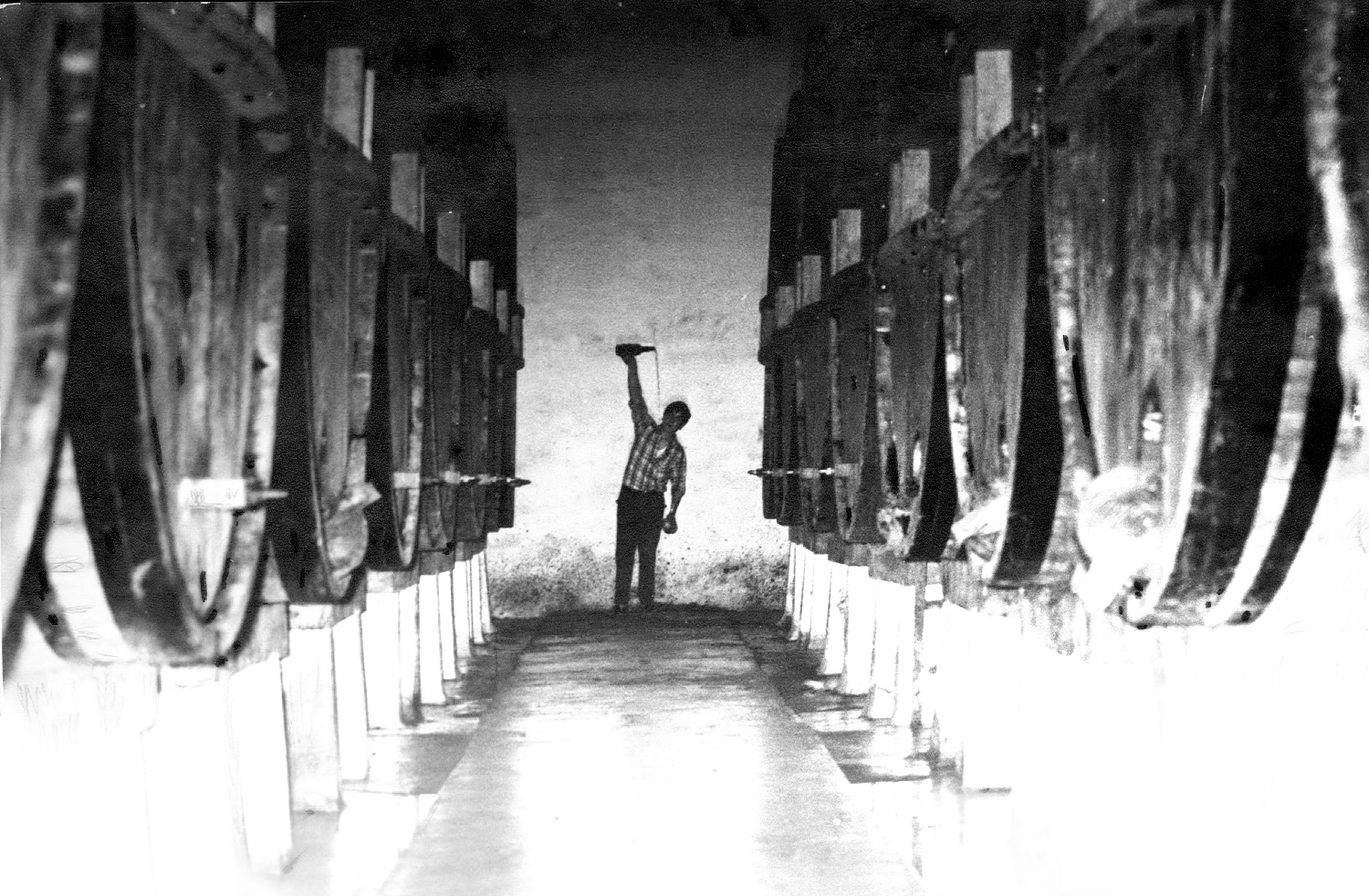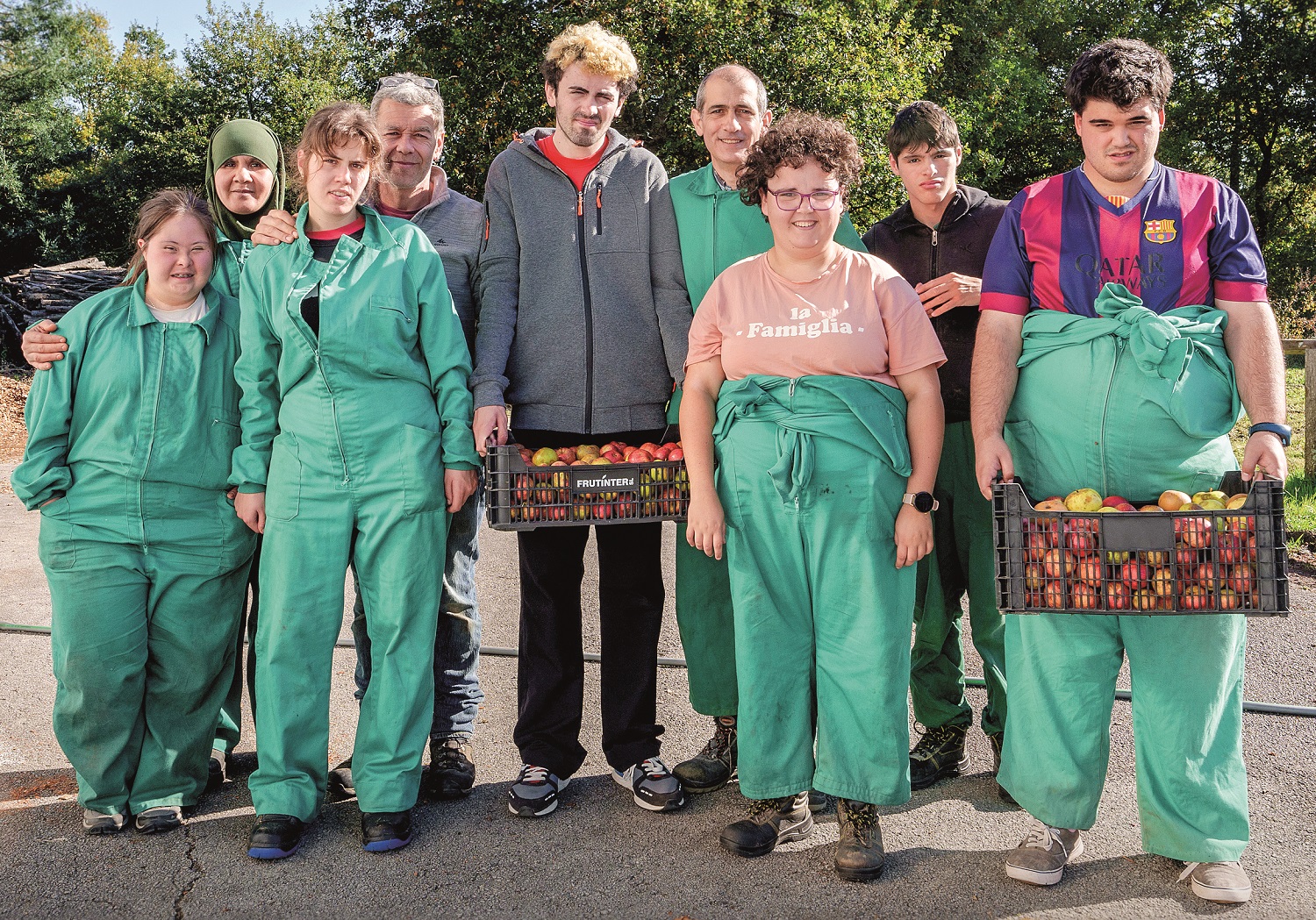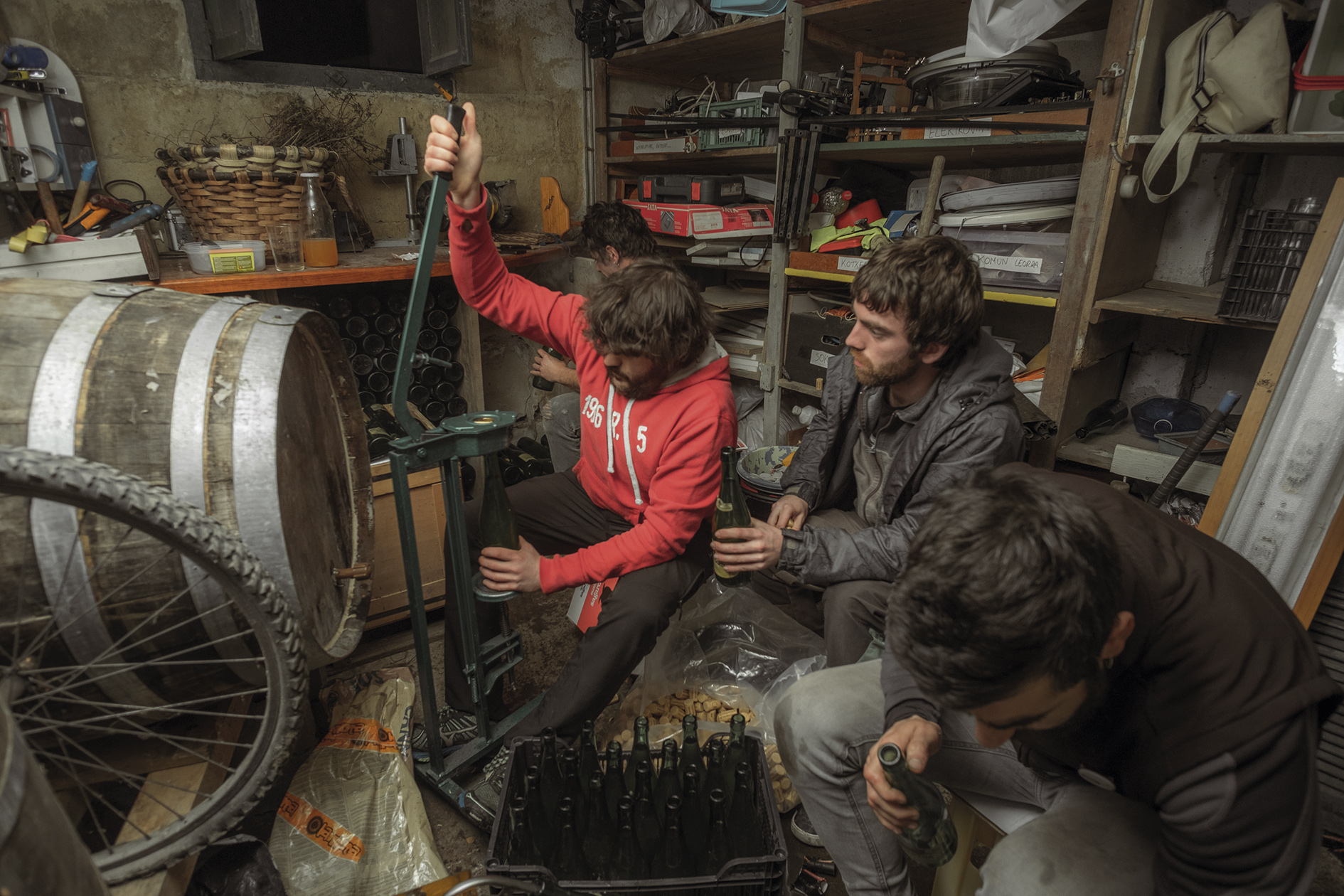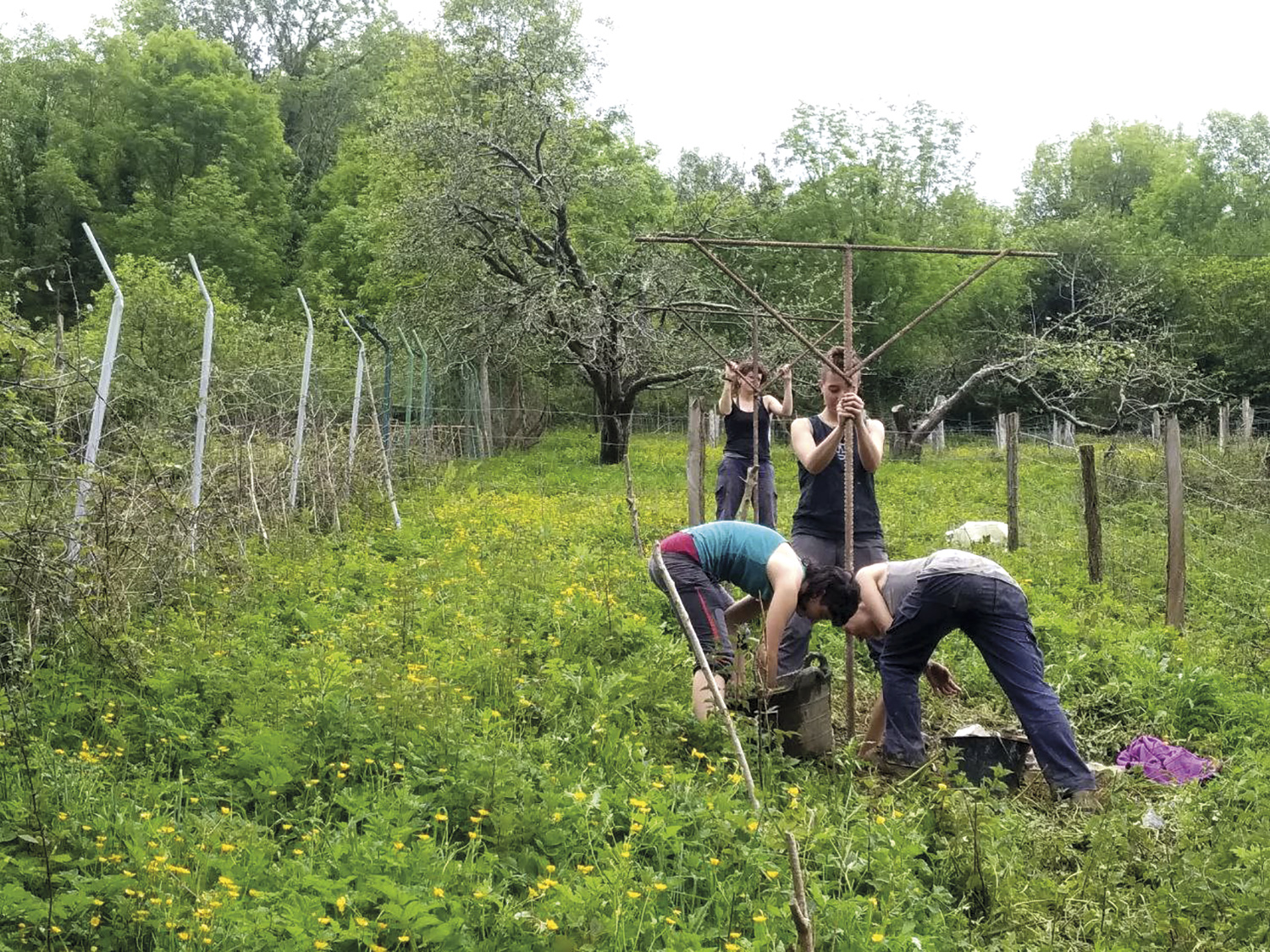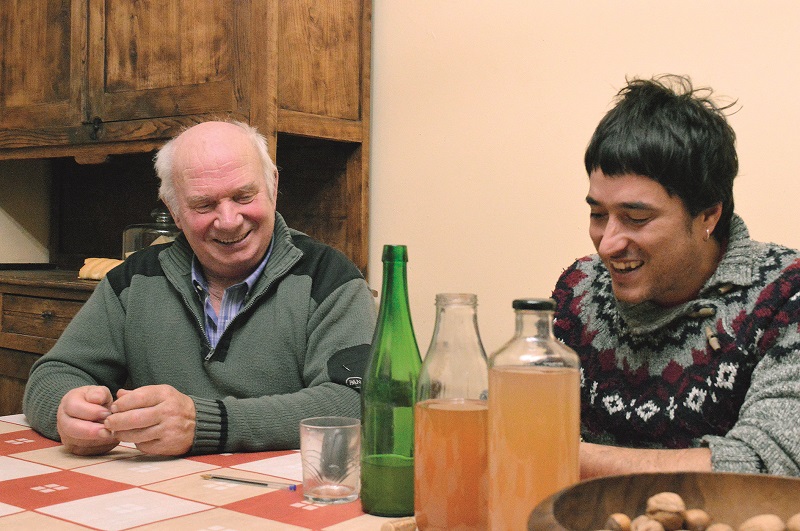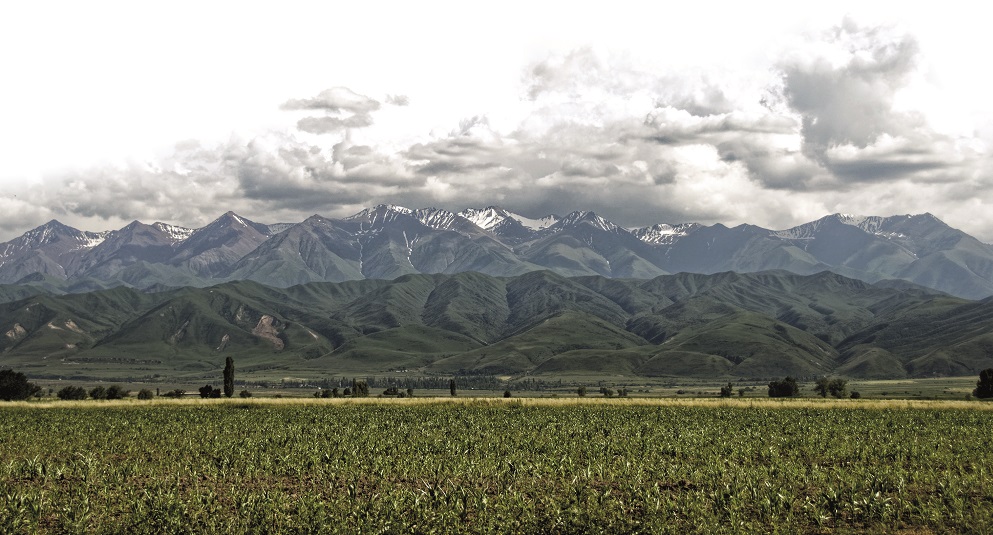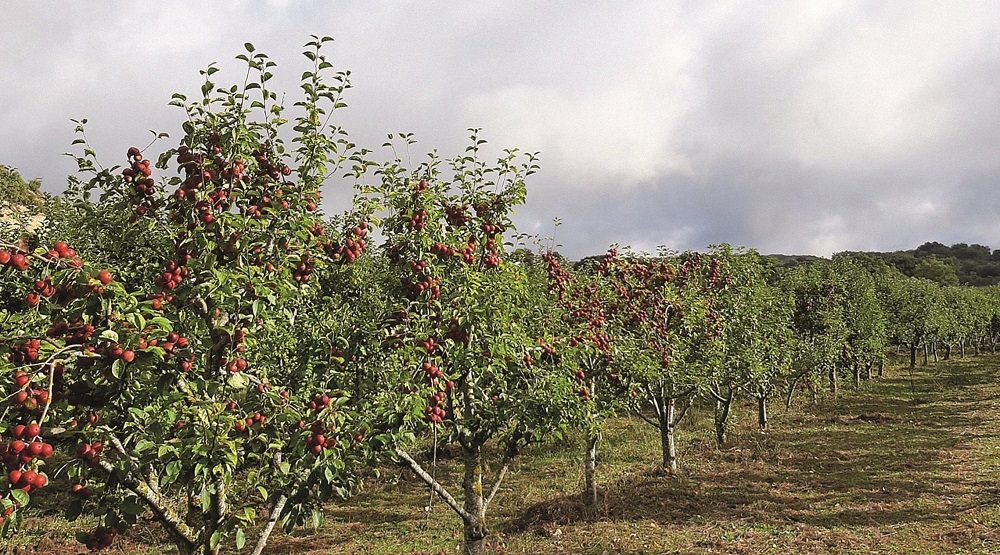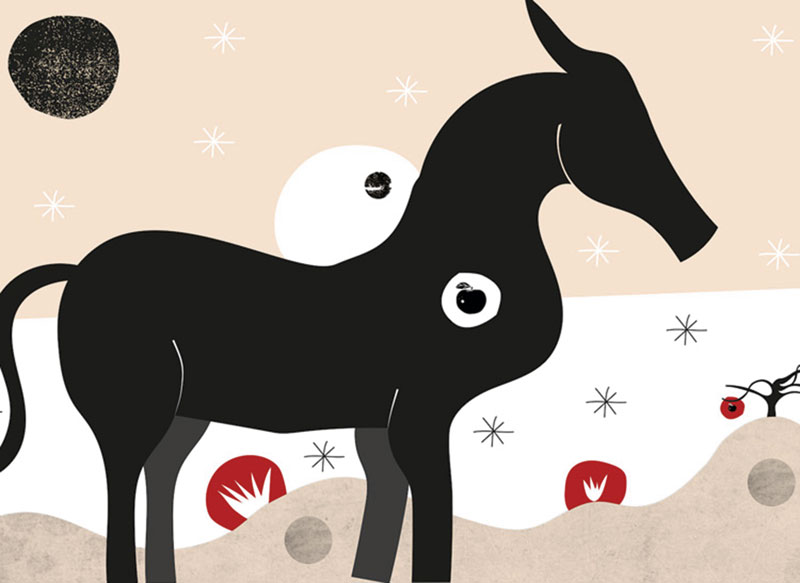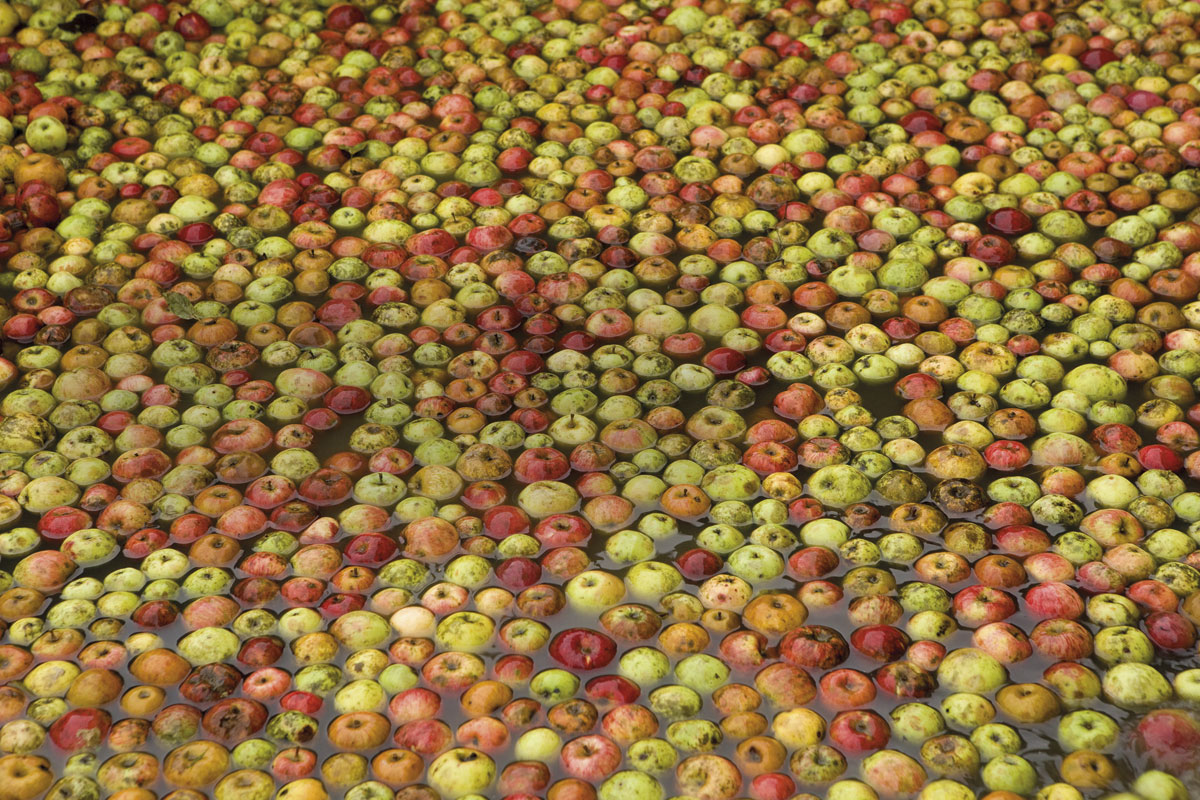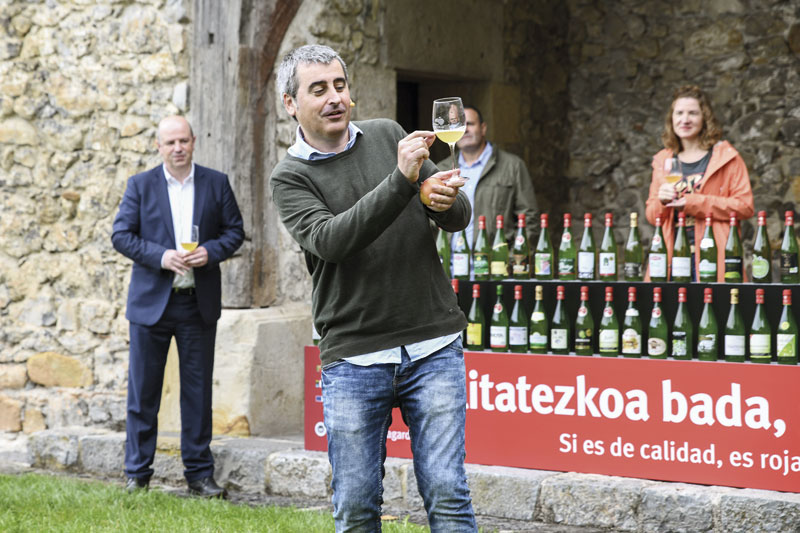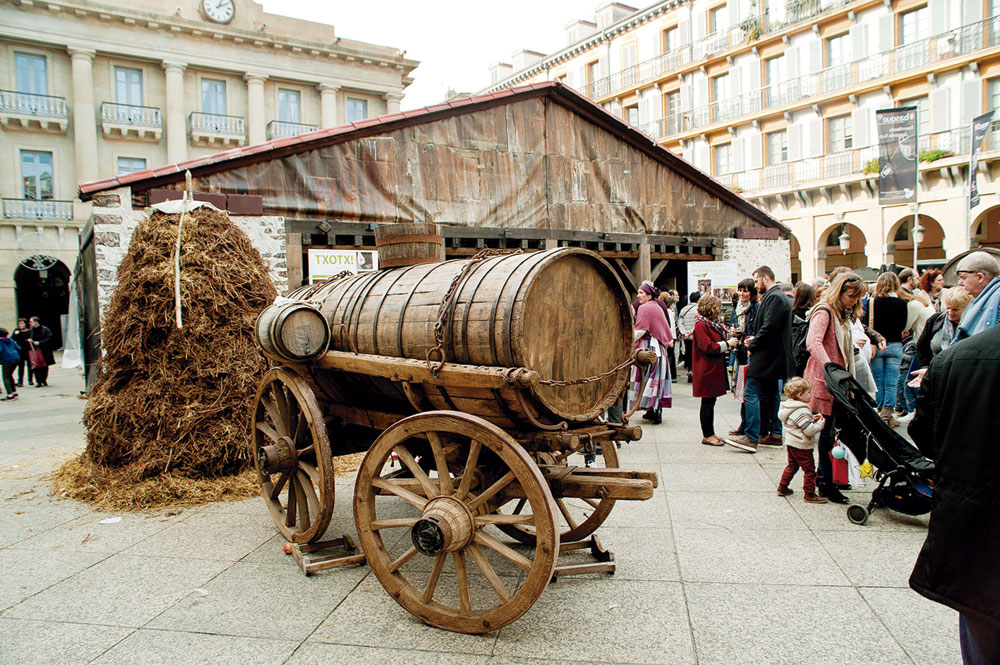Small Apple Guards
- The more varied the fauna in the apples, the more likely it will be to improve the harvest, because the pests will be reduced and pollination will increase. On the other hand, the aspect of the apples and the structure of the surrounding landscape have a direct relationship with the wealth of fish it contains. Biodiversity will therefore favour apples; and apples themselves can contribute to the biodiversity of our territory.
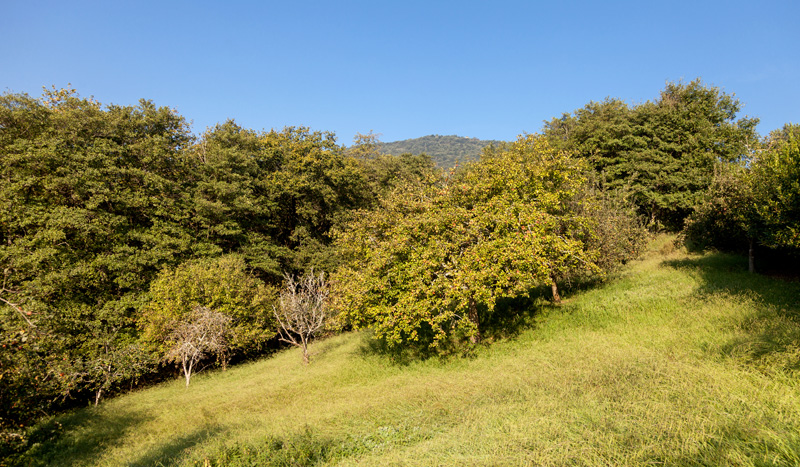
Very few studies on the biodiversity of apples have been carried out in the Basque Country. At the international level, however, several countries have addressed this issue. It is no less, pollination and anti-pest measures are of vital importance in the harvest that the apples will give, and the biodiversity of the apples and their environment can directly influence these two factors.
This is demonstrated by the studies of the University of Oviedo and the Serida service in Asturias. The working groups led by the biologists Daniel García and Marcos Miñarro have carried out research in the center of Asturias, in 25 apples that are divided into 800 km2; although they are developed outside the Basque Country, we should look carefully at the data and the consequences, as they will largely make sense also in our environment.
In their studies, researchers talk about ecosystem services, that is, the functions that the fauna and flora of our environment can perform for the benefit of the human being, focusing on pollination and anti-pest measures.
Can birds and insects influence chamomile pollination and pest control and, therefore, chamomile production? What birds and what insects should we have? And to attract them, what should we do?
.jpg)
Insects and pollination in chamomile
According to studies carried out in Asturias, many of the flowers of the chamomile do not advance, they do not fertilize, because they have not received enough pollen. The increase in pollen collection would therefore increase the possibility of fertilization and allow for a better harvest of apples. It is not something new, apples inevitably need the pollination service provided by insects, for which many farmers have put beehives in their apples for years. The common bee (Apis mellifera) is a good pollinator.
But pollination is not just the work of the common bee. A study carried out in collaboration with Rodrigo Martínez Sastre, of the Serida service, has allowed a better understanding of the pollinating insects present in the chamomile and the species involved in this process. According to the conclusions, there is a great diversity of pollinating insects in chamomiles. In total 101 different. The common bee represents 61% of this group, but there are also syphilids (21%), wild bees (7%), flies (6%), bumblebees (Bombus genus) (3%), beetles, butterflies and other insects (2%).
Thus, pollination cannot be limited to bees alone, but is most advisable to attract as many pollinators as possible. As in the past, beehives were placed around the apples, Asturias has also tried to attract different species of bees around the apples. For the bee of the genus Osmia, for example, wooden houses with many small holes have been installed in the jaws. The more pollinators there are, the greater the probability of a better harvest.
Birds and pest control
The animals that live in and around the chamomile serve not only to pollinate, but also to combat pests. When investigating the biological control of pests, researchers have focused on birds. Can the attraction of birds be a good measure to combat the pests of chamomile? What kind of birds should there be?
For their study, the teams of García and Miñarro have used a special methodology: they have made measurements of insects that cause pests in different situations. In some apples of the 25 above mentioned chamomiles, some branches have been closed with a hard cage shaped network. Although these cages allow insects to enter the branches, they do not allow birds to enter, so comparisons have been made between the branches that can enter and those that cannot enter. In branches where birds cannot enter, the number of insects that can cause pests is significantly higher than in which birds can enter.

In addition to birds, insects can also play an important role in pest control. The floral guru of apples (Anthonomus pomorum), for example, can cause plagues in the chamomile. Well, several birds and arthropods are enemies of these insects, according to research carried out in Asturias. Birds, for example, remove 31 percent of the floral gurus that are in the apple tree before they bloom, and 44 percent after they bloom. This influences the harvest that same year, or the next year, as they have reduced the amount of floral gurus.
The main enemies of the floral gurus are the large carboneros (Parus major), the blue amylotx (Cyanistes caeruleus), the sparkling carboneros (Sylvia atricapilla) and the chillids (genus Phylloscopus). Between insects, ants, spiders and snakes.
The amount is not enough, diversity is needed.
To combat pests and improve pollination, we must attract as many insects and birds as possible, but the amount is not enough. Diversity is needed, i.e. attracting as many species as possible to chamomiles. Why? By functional diversity.
“Functional diversity” means that each species can have different forms, sizes, customs and ways of life. Therefore, each species can play a different role in the apples: some will move down the lower part of the apples, others in the small branches, others in the trunk... Some in spring, others in summer, or in fall. In the morning, some, and others at noon or at night… In other words, the more species there are, the more likely it will be to pollinate the flowers that exist in different areas of apples and apples, and to deal with the pests that exist at each time.
To control all this, the number of visits of pollinators and movements of several species were investigated in 2016. Among the movements, they differentiated the technique used by the pollinator when approaching the flower. There were those who introduced themselves above (ordinary bee, bumblebees, syrups…) facilitating contact with the pieces of the flower and thus increasing their chances of fertilization; and there were also those who approached the sides (bumblebees, wild bees…). We also studied the time when each species makes their visits per day or which apple blossoms are easier to pollinate, depending on their location in the tree. Differences were also observed in the study of whether each species received pollen or nectar. Bumblebees and wild bees take more pollen than the common bee, than the syphilids and flies. By contacting the flower's pieces of grain, they facilitate pollination.
Bumblebees tend to the top of the apples, at the end of the day, and perform 16.7 visits per minute. The common bee makes half a visit per minute (8.7) and can be found anywhere in the apple tree, especially in the morning. Sirfidos (4.7 visits per minute) and flies also circulate in the morning. Syphilids, like wild bees, prefer the lower part of the tree (4.8 visits per minute). The latter, along with the beetles, visit the apples at noon. The conclusion is therefore clear. Greater diversity of pollinators, greater possibility of pollinating.

With birds, the same conclusion
For two years, researchers have made 10,000 observations in which a total of 63 different species have been counted for the variety of birds containing chamomile. 23 of them are from trees and insectivores. Most of the observations (70%) were made up of six birds: Txantxangorri (Erithacus rubecula), Mirlos (Turdus merula), Chino Carbonero (Sylvia atricapilla), Txepetxas (Troglodytes troglodtes), Large Carboneros and Amilotx blue. Chamomiles that can have a high diversity of birds, such as insects, can have a great functional diversity between insectivorous birds and shrubs. Small and thin peak birds (hooks and/or jokes) fight the aphids found in the shoots, and the birds at the waistline (genus Certhya) and the garrapos (genus Sitta europaea) can damage the pitched tent of the trunk grooves (which can be produced on the trunk). Helmets, amillites and Chinese will face floral gurus in strong branches, and stares and affectionate to the tents and gulies of mature flowers found at the foot of the tree.
The greater diversity of birds increases the chances of combating pests, so many camomials have also begun to install bird nest boxes, as the absence of old apples has also caused the lack of spaces for breeding some bird species.
What to do to increase the biodiversity of chamomiles?
To attract birds and insects, García and Miñarro give some recommendations. - Localisation of chamomile: Camomials surrounded by natural or wild areas will be richer in terms of species. - Sagastia itself: When the ceiling of the apples is very closed, that is, it is covered with many branches, the diversity of the birds will be higher. - Environment: The diversity will be greater when there are lines around the apples. In other words, when plants are used to separate the land. In general, all measures taken to increase the biodiversity of apples and the surrounding landscape will increase the faunal diversity of apples and, therefore, the anti-pest biological measure and pollination will be more successful. According to the authors, traditional chamomile maintenance is more appropriate: the conservation of areas with few pesticides and herbicides and meadows composed of various wild flowers is the priority. Sound management of the landscape and the environment of Sagastia, as well as systems based on traditional maintenance, will therefore be much more appropriate.
Manzanales promote the biodiversity of the territory
Just as biodiversity favors chamomiles, good management of the area and the environment where apples are located can benefit not only local production, but also the biodiversity of the territory. In recent years, the loss of the use of farmhouses and surrounding land has led to the disappearance of rural areas. On the contrary, the mosaic habitats that generate these spaces can be very rich.
The proper design and management of the present and the surrounding areas can not only generate benefits in the harvest of apples, but also in the biodiversity of the territory in which they are located. At a time when autochthonous apple and organic products have gained strength, the next step would be the production of biodiverse apples. In a coordinated way, with concrete management and with the support of small actions, the work of the future will be to take steps that can benefit not only the blacksmiths, but also society as a whole.











